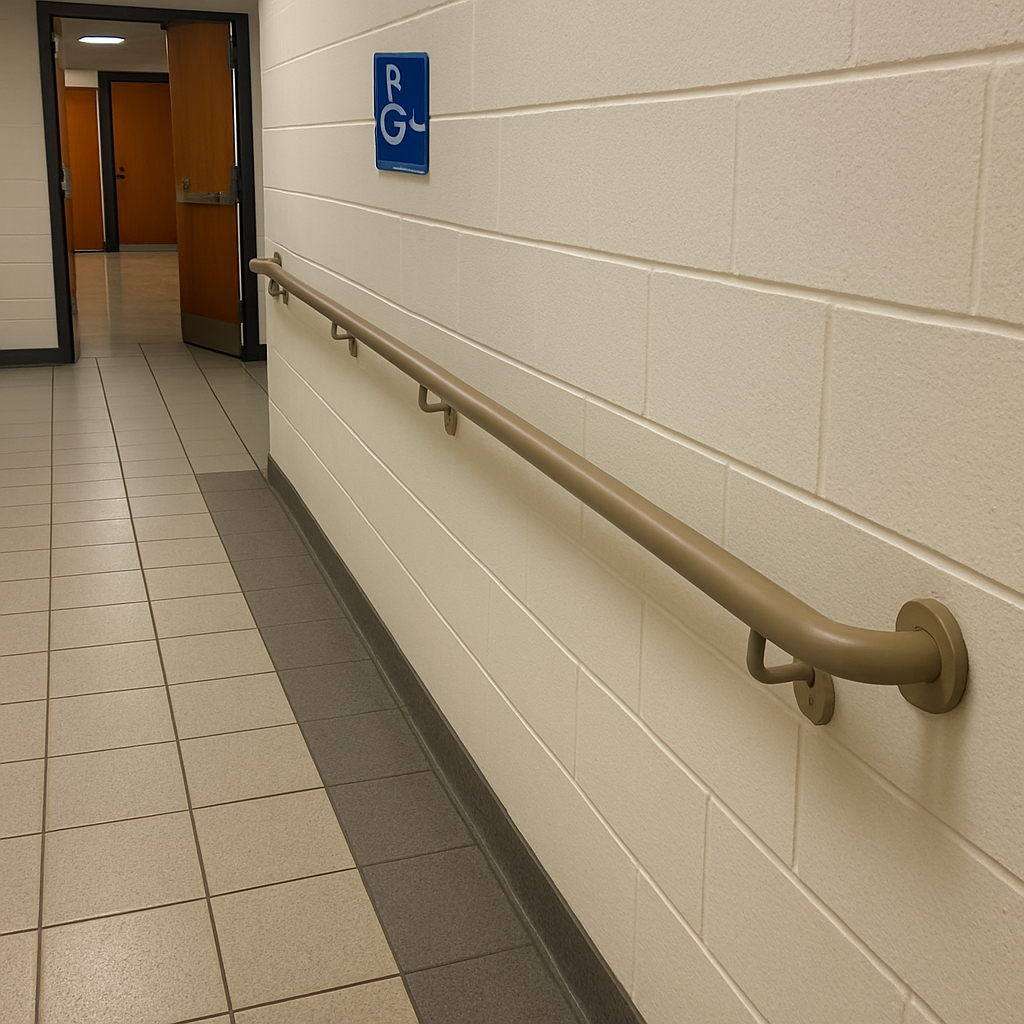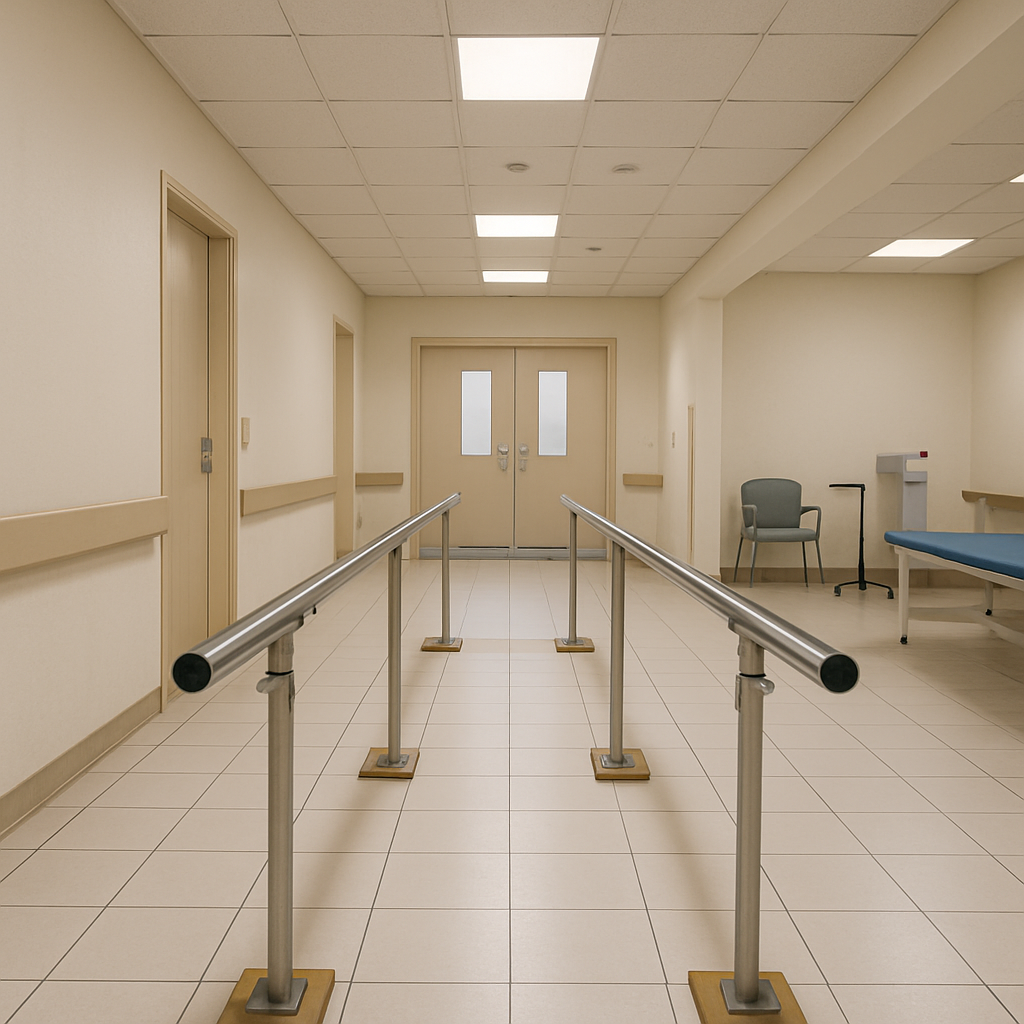 Service Hotline:13510328459
Service Hotline:13510328459
 205-206, 2nd Floor, Building 2, Xiazao Village Industrial Zone, Gaofeng Community, Dalang Street, Longhua District, Shenzhen City
205-206, 2nd Floor, Building 2, Xiazao Village Industrial Zone, Gaofeng Community, Dalang Street, Longhua District, Shenzhen City
 Service Hotline:13510328459
Service Hotline:13510328459
 205-206, 2nd Floor, Building 2, Xiazao Village Industrial Zone, Gaofeng Community, Dalang Street, Longhua District, Shenzhen City
205-206, 2nd Floor, Building 2, Xiazao Village Industrial Zone, Gaofeng Community, Dalang Street, Longhua District, Shenzhen City
Time:2025-09-25 Preview:
Handrails are more than just a support system; they are an essential component of safety and accessibility in various environments. While often overlooked, accessible handrails play a crucial role in providing stability and confidence to individuals of all ages and abilities. In this article, we will delve into the versatile uses of accessible handrails, their importance in safety, and the key considerations for their installation.
Accessible handrails are designed to offer support and safety to everyone, including those with mobility challenges. They are especially vital in public spaces, healthcare facilities, and homes, where they contribute to reducing the risk of falls and enhancing independence. Handrails provide a sense of security, enabling individuals to navigate stairs, ramps, and corridors with ease.
In public spaces, handrails serve as a safeguard against accidents. Whether in shopping malls, airports, or parks, these railings help guide individuals safely through different areas. They are particularly crucial in high-traffic locations where the chances of slips and falls are increased. By providing a stable grip, handrails minimize accidents and promote a safer environment for everyone.
Healthcare facilities are places where accessible handrails are indispensable. Patients recovering from surgery or those with chronic conditions often require extra support when moving around. Handrails in hospitals, clinics, and rehabilitation centers ensure that patients can move independently and safely. This accessibility feature is crucial in preventing injuries and aiding in the recovery process.

Accessible handrails find their application in a variety of settings. Their uses go beyond merely offering support on staircases. Let's explore some of the versatile applications of handrails:
In homes, handrails are often installed along staircases, balconies, and even in bathrooms. For elderly residents or those with disabilities, these handrails provide necessary support and stability. Installing handrails in strategic locations within a home can significantly enhance the quality of life for residents by allowing them to move more freely and safely.
In commercial buildings, handrails are found in stairwells, corridors, and accessible bathrooms. They are integral to meeting building codes and ensuring the safety of employees and visitors. In some cases, decorative handrails are used to complement the aesthetic of the building while still providing essential support.
In outdoor settings, handrails are used in parks, gardens, and pathways. These railings help guide individuals through uneven terrains and provide a safe grip in case of wet or slippery conditions. Outdoor handrails are often made from durable materials to withstand various weather conditions.

When installing handrails, several factors need to be considered to ensure they provide the intended safety and accessibility. Here are some key aspects to keep in mind:
The choice of material for handrails depends on their intended locati0n and use. Common materials include wood, metal, and plastic. For outdoor use, weather-resistant materials such as stainless steel or treated wood are preferred. Indoor handrails can be more versatile, with options like polished metals or finished wood that complement interior design.
The height and length of handrails are critical to their effectiveness. The recommended height for handrails is typically between 34 and 38 inches from the ground. The handrails should extend beyond the top and bottom of stairs to provide continuous support. Measuring the correct length ensures that users can maintain their grip without interruption.
Installing handrails requires adherence to specific building codes and regulations, which vary by region. These regulations ensure that handrails meet safety standards and are accessible to all individuals, including those with disabilities. Consulting with a professional during the planning phase can help ensure compliance and optimal installation.

Accessible handrails play a significant role in promoting independence for individuals with mobility challenges. For those who may find walking difficult, these supports enable them to move about more freely and confidently.
Handrails provide individuals with the means to support themselves, reducing the need for assistance from others. This independence is particularly empowering for elderly individuals or those recovering from surgery, as it allows them to engage in daily activities with greater ease.
Falls are a common cause of injury, especially among older adults. Handrails significantly reduce the risk of falls by providing a reliable support system. By installing handrails in critical areas such as staircases and bathrooms, the likelihood of accidents is minimized.
Accessible handrails are an integral part of creating safe and inclusive environments. Their versatile applications, from residential settings to public spaces, highlight their importance in enhancing mobility and safety. By carefully considering material selection, installation standards, and regulatory compliance, handrails can be effectively integrated into various settings to promote accessibility and independence.
Whether you are planning to install handrails in a home, a commercial building, or an outdoor space, understanding their uses and benefits will guide you in making informed decisions. The result is a safer, more accessible environment for everyone.
